Late last summer, I bought a small collection of linen clothing at an online auction and loved the style and the different textures of it. I liked how soft some of it is and how it felt next to my skin. I dusted off my sewing skills to create more linen clothing for myself and to make dinner napkins and dish towels as gifts.
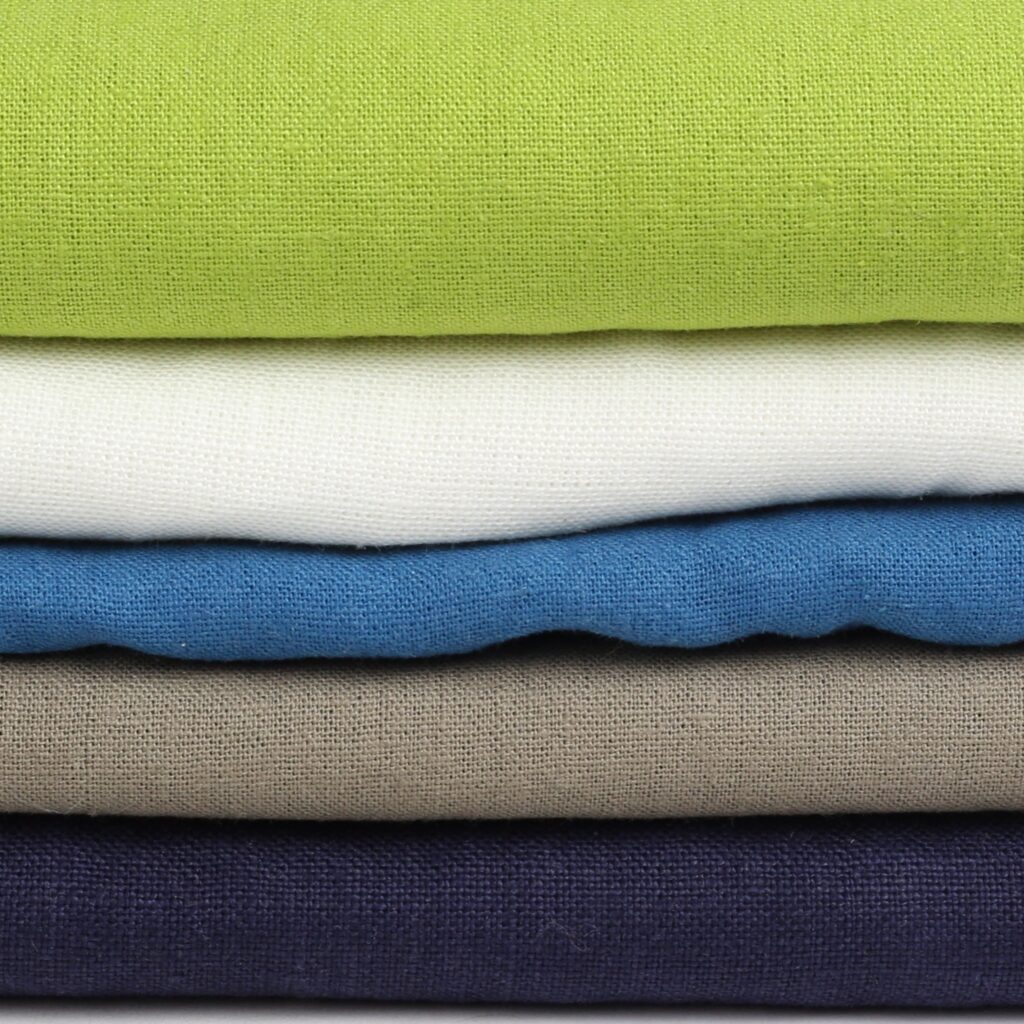
A Brief History
I wanted to post about it here because linen cloth is one of the oldest woven textiles grown from the blue flowered flax plant. Some dyed flax fibers that dated back to over 30,000 years were found in a cave in present day Georgia in southeastern Europe. It was definitely worn and used by people in hot climates. The word “linen” is of West Germanic origin and cognates to the Latin word for the flax plant. This means at a point in history everything was made from the flax plant and given names that represent that such as lingerie, which is a very soft, fine woven garment worn closely to the skin. Linen much later also was used for textiles woven in a similar process. Today’s “linen closet” may have nothing made from flax fibers.
Growing Flax and Making Linen
Linen is grown in Europe and Ireland. Early settlers to New England brought flax seeds to sow. Flax needs average soil to grow and takes only 100 days to mature for harvesting. It is extremely time consuming to process to get the actual stem fibers ready to be woven or spun. There are various processes, rippling, winnowing retting and skutching followed by hackling. Growing and processing was very time consuming and as a result the thread and woven textiles were costly.
Qualities of Linen
Linen is a natural plant fiber. It is stronger than cotton as it has much longer fibers. It is cool to the touch and is absorbent and dries more quickly than cotton. It is biodegradable in its pure form (not blended with other fibers) and lasts 12 time longer than cotton Items.
Linen dish towels get softer and more absorbent as they age so be certain to get them out into use and wash them to be rewarded with their drying the dishes by hand.
Linen can be of very fine to coarse texture to suit specific needs. There is fine, soft textured textile to wear close to the skin as undergarments or as handkerchiefs, infants’ clothing and bed linens. Work aprons and farming smocks may require a more durable heavier weave. My husband uses a couche in bread making. It is a heavy cloth that he dusts with flour and puts his dough to rise on it. It prevents the dough from sticking while transferring it to the oven for baking.
Linen clothing is just perfect for the hot summer wardrobe. Unfortunately it does tend to wrinkle. Most linen clothing is labelled dry clean only.
I hand wash and air dry my linen and iron it when it needs it. I made a skirt from a man’s linen shirt that is so soft and lovely it needs no iron.
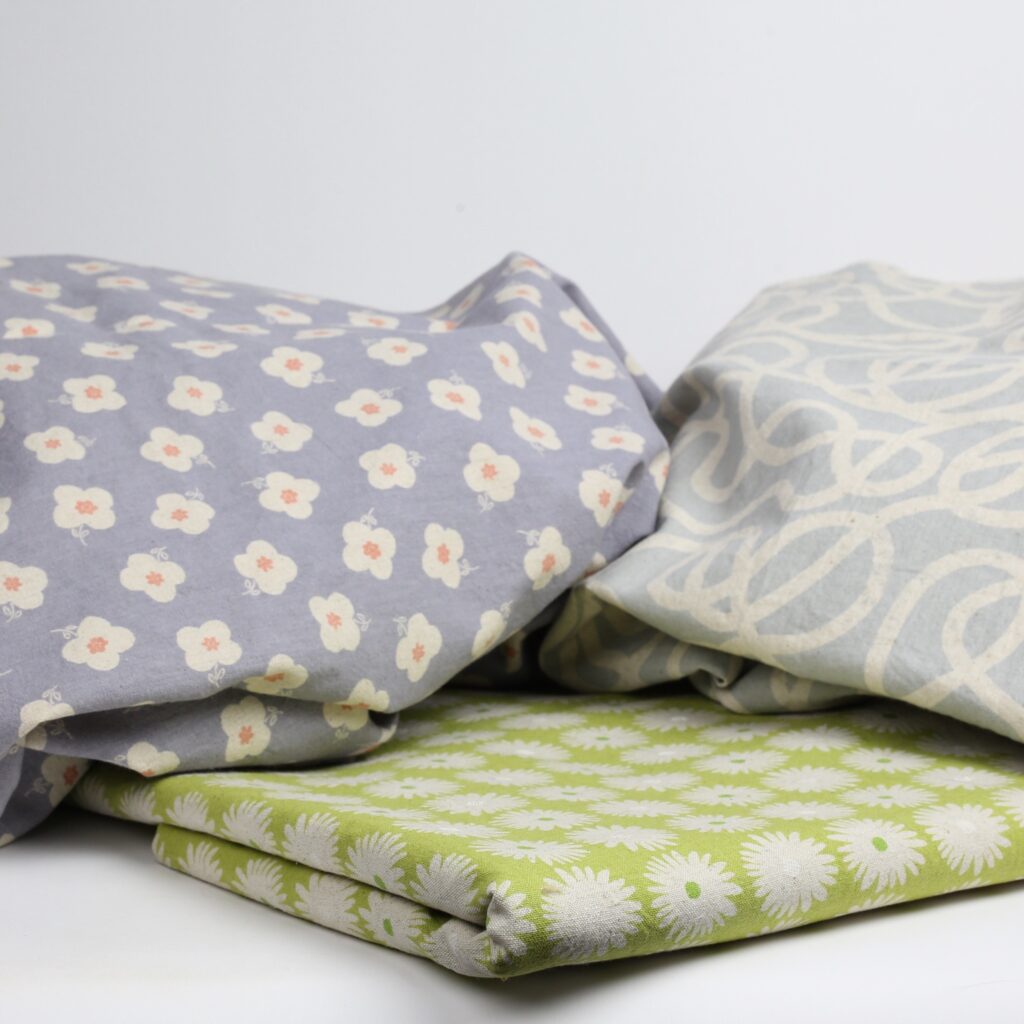
Sewing With Linen
I took up sewing again after about 40 years this past winter. I looked forward to the warm days, and therefore looked for linen to sew. I have. some very beautiful yardage of linen with simple designs on it and some solid color linens for skirts and pants.
I also learned about upcycling clothing and making other clothing out of it. This appeals to my frugal side, so I went in search of linen items at thrift stores, especially extra extra large sizes of men’s shirts and women’s clothing. I have a little hoard building and am learning as I go.
Are there any actual linens in your linen closet or linen drawer in the dining room? Sadly, they seem to be falling by the wayside. One of the problems with linen is that it wrinkles easily, but when it is washed often, it become softer and more beautiful to touch. I hope you will look at the linen and use it! Take those linen towels from different places and wash them and use them and you will get years and years of use out of them. If you like to sew, you might enjoy taking apart linen clothes and making them into children’s clothing or something for yourself and then wear it and be proud.
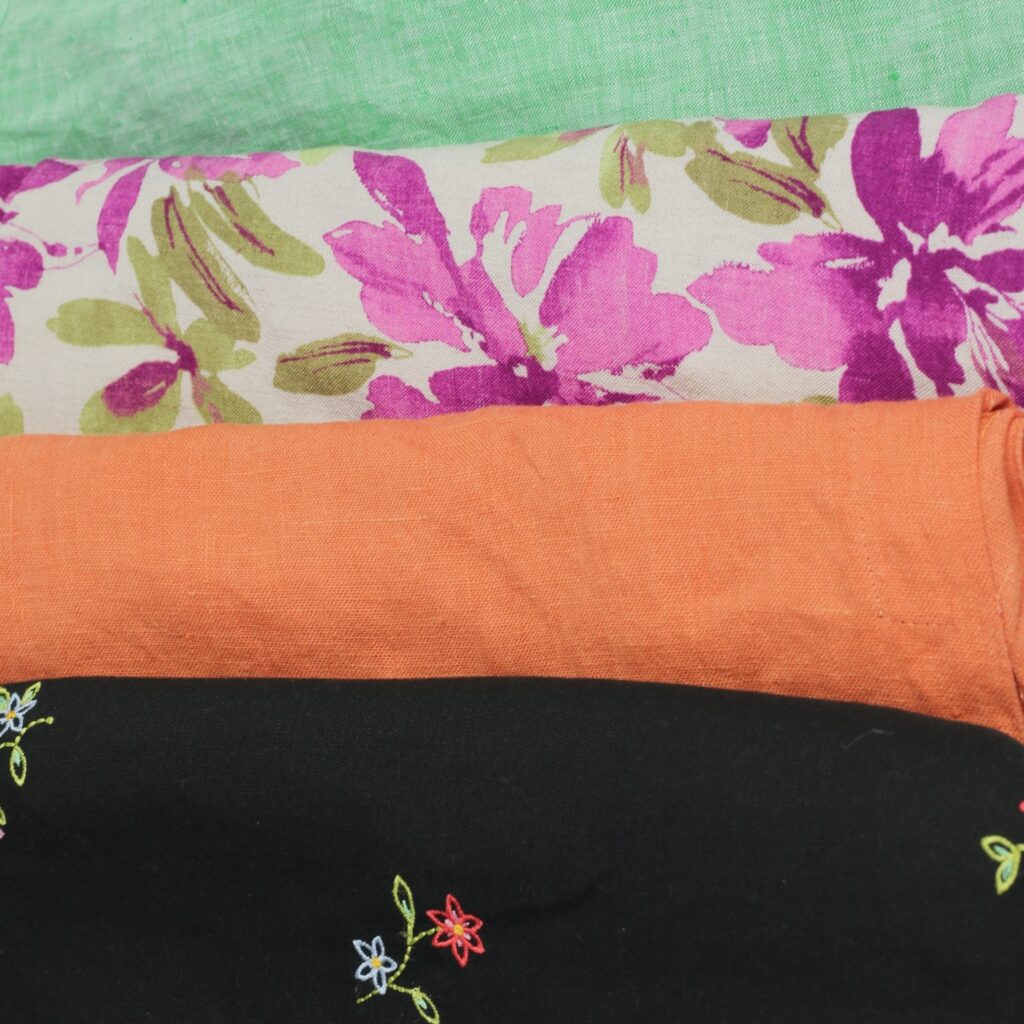
Extra Reading:
Tailor on Ten has A History of Linen and How it is Made
Linen Beauty shares Tips on Washing Your Linen Clothes
Want to upcycle? Sew Daily encourages the Upcycling and Customizing Cool Clothes
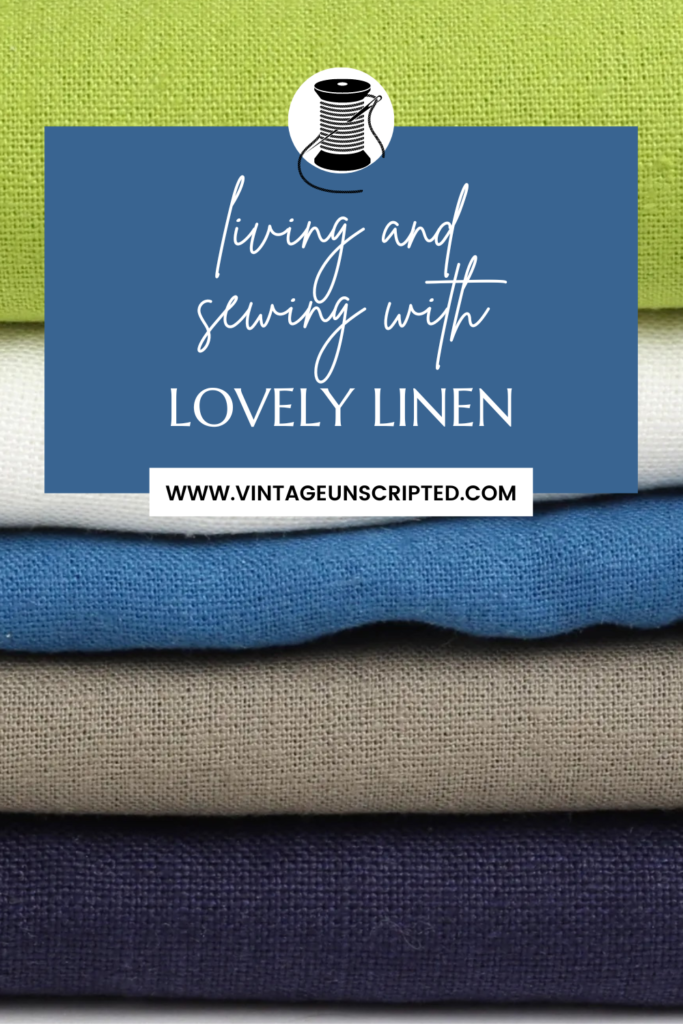

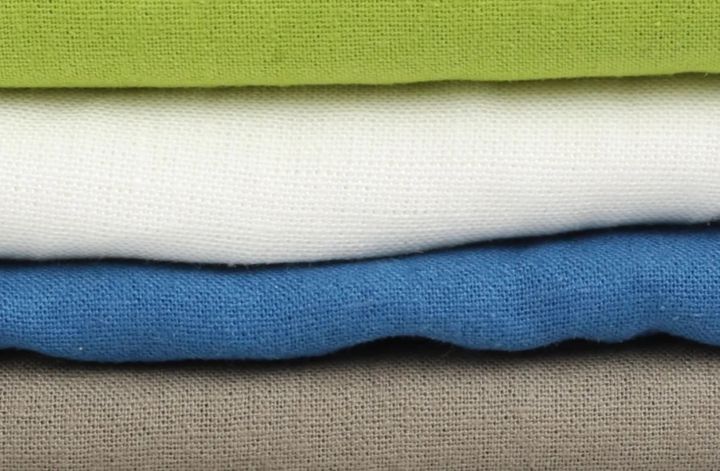
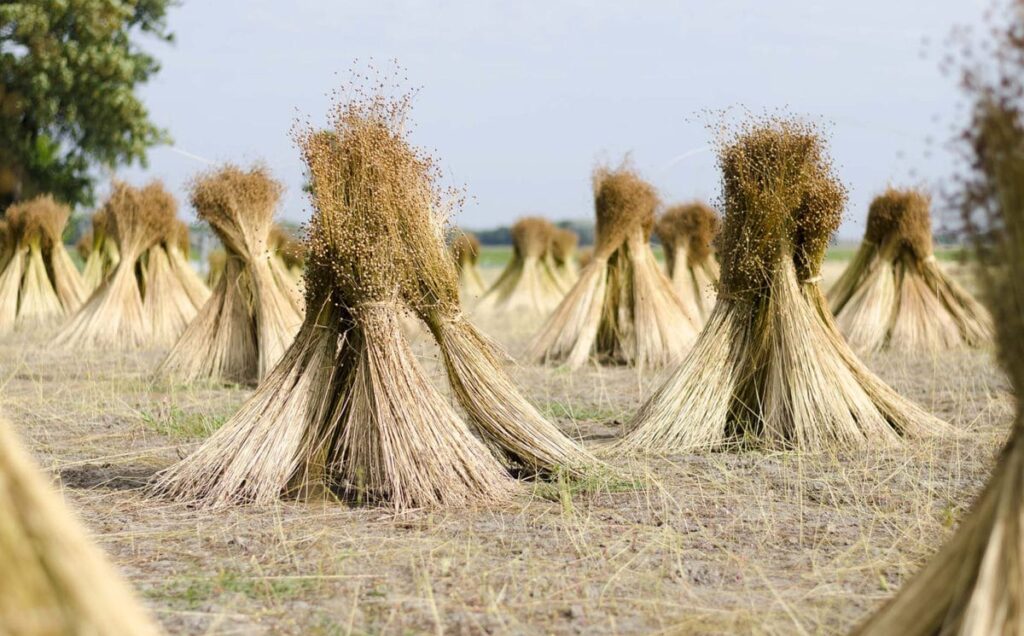

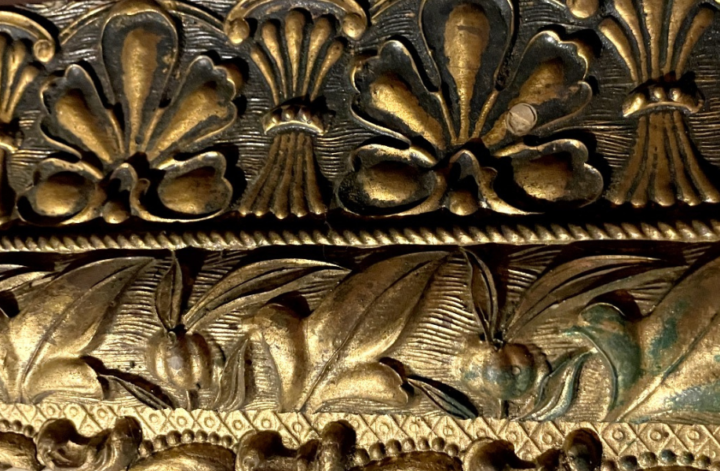


4 comments
Excellent post! I DO have real linen tablecloths, but don’t use them often. Most are Irish, though one was made in Italy. I don’t mind ironing, but hate when by the time you finish the whole tablecloth, the part where you started is already wrinkled. But it is so beautiful!
I know how difficult it is to iron linen. There are rectangular boards you can set on top of your traditional ironing board to increase the area to iron. I have also used my granite countertop with thick layering of towels and sheets to protect the granite to iron my linen on. It works really well with long lengths of linen.
I absolutely love my linen sheets. They are very old. From the 1960s. So nice to sleep on in the summertime though.
Oooh! They sound lovely! I have only slept on cotton bedding.